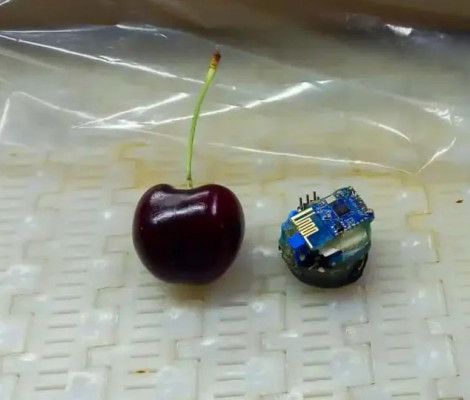Dutch cherries are back in the spotlight with a season that promises large, juicy and high-quality fruits. So says Aart Blom from FruitPartners Holland, where the harvest has just begun with some important varietal innovations.
Goodbye Burlat, welcome Sweet Aryana and Sweet Lorenz
The company has replaced two hectares of Burlat cherry trees with the Sweet Aryana and Sweet Lorenz varieties, considered more efficient in both quality and yield. "Growing conditions have been excellent, and we expect large-sized fruit," says Blom, highlighting how the early varieties are showing particularly positive results.
Uneven yields for Kordia and Regina
Not everything is going smoothly, though. The Kordia and Regina varieties are showing uneven production, partly due to the loss of many trees last year from water damage. "We estimate an average yield of about 70%," explains Blom.
The fruit will be destined for supermarkets, wholesalers, and specialty stores, while the self-picking season at the company’s Wadenoijen location will resume this weekend, as popular as ever.
High prices and little competition: a good start for the market
The European context is favorable for Dutch cherries. Frosts in Turkey and Greece and recent rain in Spain have reduced supply and pushed prices higher.
"Volumes are still limited in the Netherlands, but in a few weeks we'll reach full capacity. We’ll start with high prices due to the lack of competition," the grower points out.
Few new orchards, increasingly selective investments
In recent years, cherry cultivation area in the Netherlands has not increased. "It’s a short and costly crop. Existing growers continue to invest, but new plantings are rare.
Covering orchards has become essential, but protective structures are increasingly expensive. Glass greenhouses deliver excellent results but require significant investments for a single annual harvest."
Quality is rewarded, despite the prices
According to Blom, the market rewards those who focus on quality: "Supermarkets that offer premium cherries sell them, even at eight or ten euros per kilo. Consumers appreciate them and come back.
You can also offer lower-quality fruit at half the price, but in the long run, it's a losing strategy."
A look ahead
With more resilient varieties, targeted commercial strategies, and an evolving European market, the Dutch cherry sector is preparing to face the season with renewed confidence.
If the weather holds, 2025 could turn out to be a very good year for Dutch cherries.
Source: freshplaza.com
Image source: SL Fruit Service
Cherry Times - All rights reserved












